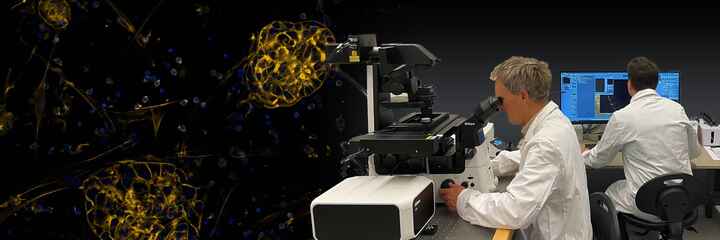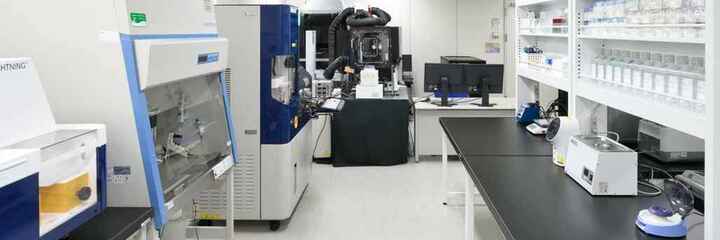News
Nikon Instruments Inc. Introduces New Objective to PhysioStation Microscope
Nov 4, 2002
Develops New Objective For Custom Designed Eclipse E600FN
Nikon Instruments Inc., a world leader in precision optics manufacturing, announced today they have added a new objective to their comprehensive line of CFI60 objectives for the Physiology market. The new Fluor 20X Water Dipping objective is used exclusively on the Eclipse E600FN "PhysioStation" upright-focusing nosepiece research microscope.
The CFI Fluor 20X Water Dipping Objective, is part of a set of objectives especially useful in physiology and brain research where the objective is actually "dipped into" the exposed living tissue or brain slice. The objective provides excellent resolution and bright fluorescent signals with a numerical aperture (N.A.) of 0.50, while having excellent transmission in the infra-red (IR) wavelengths. The working distance of the Fluor 20X objective is 2mm, which is consistent with the other objectives included in the set. In addition, the E600FN comes with a parfocal distance adjustment lever, which can eliminate discrepancies that sometimes occur when users switch between a low magnification water-dipping objective to a higher magnification water-dipping objective.
The Eclipse PhysioStation E600FN is the world's first microscope designed expressly for conducting patch-clamp experiments. This unique, custom designed microscope features a generous clearance angle of 45?, the widest in the industry, allowing researchers to conduct electrophysical experiments on specimens such as brain slices while incorporating vibration-free operation.
Other components of the E600FN include a selectable fine-focus knob position, which eliminates the need to insert a hand into experimental attachments, thus preventing vibrations or possible accidents. Also, Nikon's new front/back sliding nosepiece has a retraction mechanism that locks the sliding two-position nosepiece when the water-dripping objective is in the down position, preventing accidental movement of the experiment.



